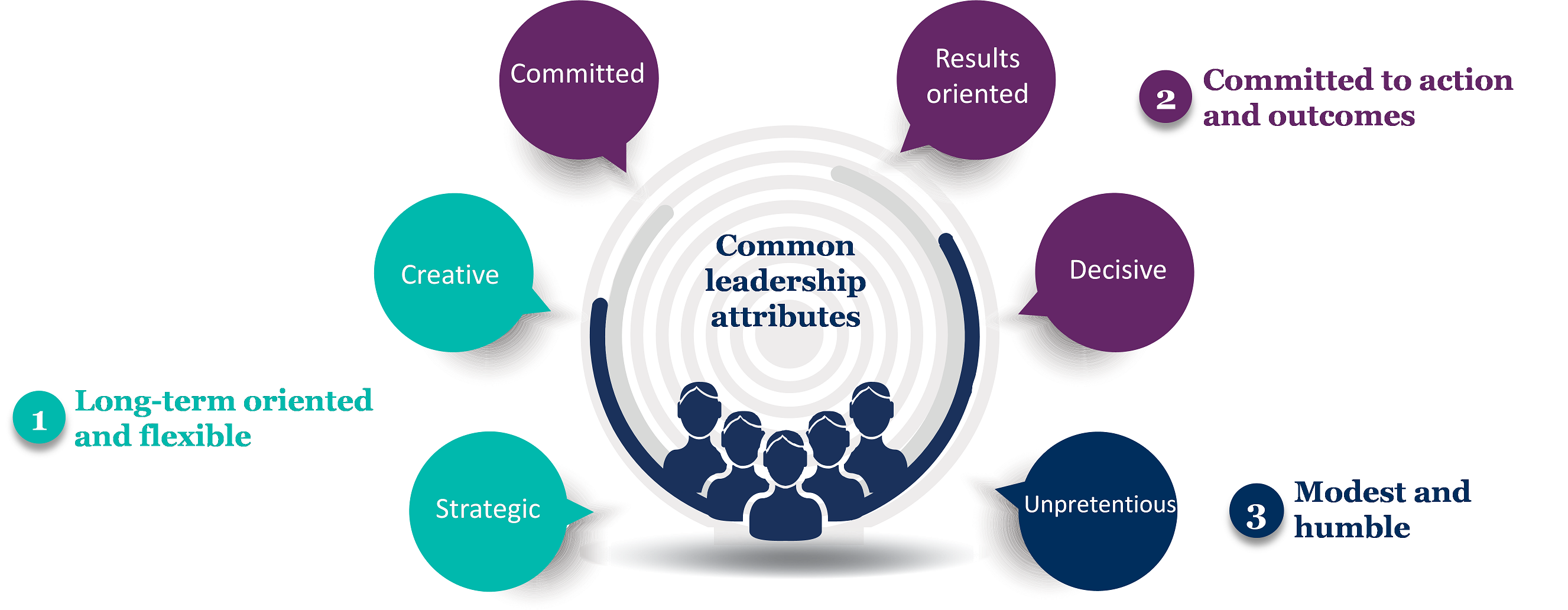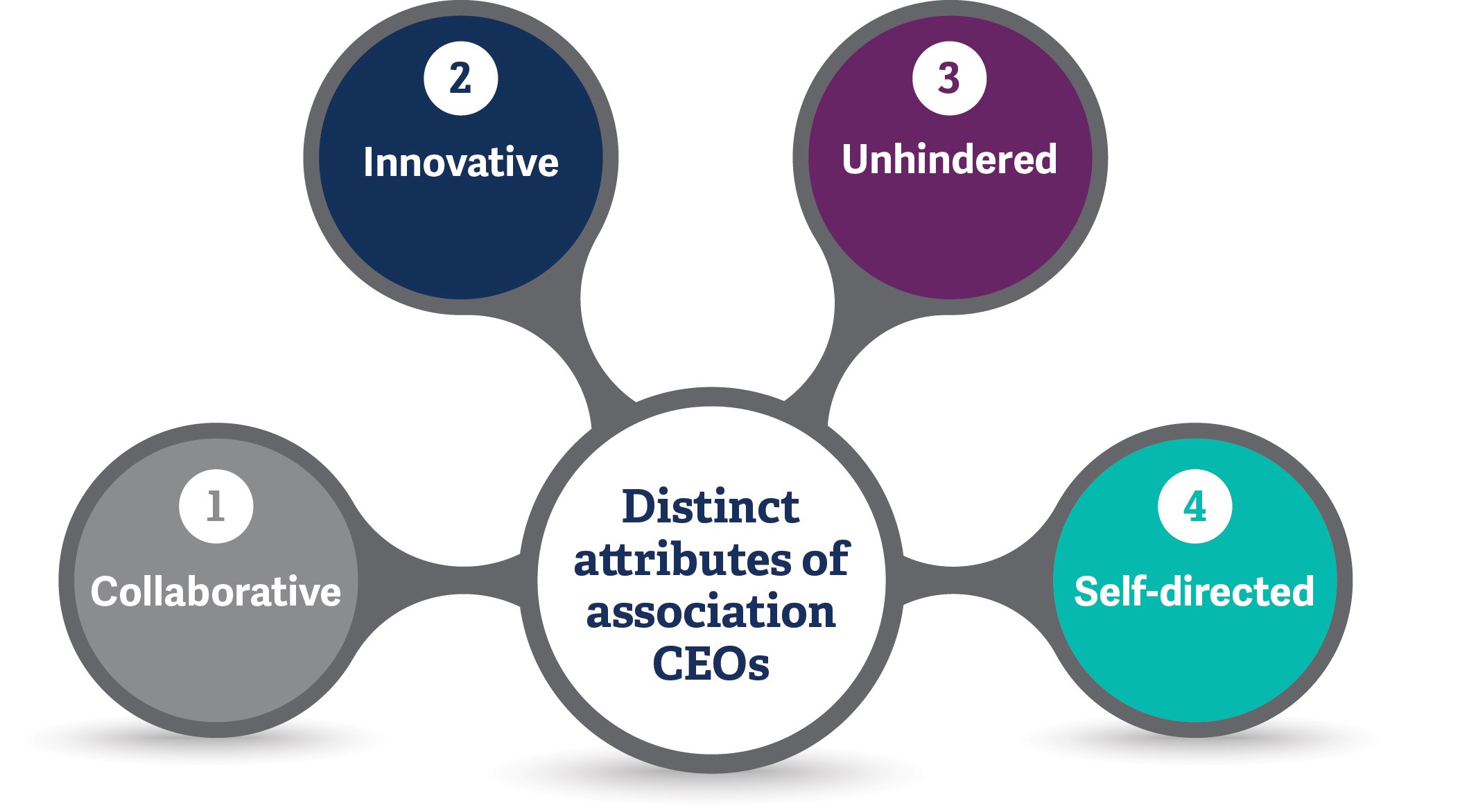Today's association CEOs must wear more than just an "advocate" hat. Major social, economic, and political changes have led successful association leaders to need the skills of a corporate executive as much as those of an ambassador.
Historically, association CEOs were heavily focused on cultivating political relationships and access. However, economic recession, increased government regulation, a heightened emphasis on transparency, and general political malaise have prompted a new leadership profile to emerge.
While association leaders must still possess public-policy savvy and an ability to develop and maintain critical relationships, they must also demonstrate traditional corporate executive competencies, such as sound business acumen and proven operational expertise.
Association chief executives and corporate CEOs are unpretentious, prizing the organization and its membership over personal gain or recognition.
To assess the profile of this new type of leader, executive search and leadership advisory firm Russell Reynolds Associates asked 14 leading association CEOs to complete three well-validated psychometric assessment tools that focus on traits relevant to leadership roles. The results were aggregated and compared with a group of best-in-class corporate CEOs from RRA's proprietary database to determine on which of the 60 psychometric scales the association CEOs were statistically similar to and different from their corporate peers.
Where Their Leadership Behaviors Align
When comparing association leaders with best-in-class corporate CEOs, we discovered that their profiles are surprisingly similar, with three categories of leadership behavior emerging.

Figure 1: Common Leadership Attributes Among Association and Corporate CEOs
Long-term-oriented and flexible. Both sets of leaders demonstrate a strategic and creative mindset, adopting a long-term approach to challenges. Given the volatile and uncertain political landscape, association executives must grasp emerging threats quickly and creatively forge relationships to protect the interests they represent.
Committed to action and outcomes. Much like their corporate peers, association CEOs are committed, results-oriented, and decisive. Their sense of obligation likely helps them connect with members and adapt to their changing expectations, while their goal-driven approach reflects an increasingly fast-paced environment.
Modest and humble. Association chief executives and corporate CEOs are unpretentious, prizing the organization and its membership over personal gain or recognition. Humility enables association CEOs to ensure productive partnerships with policymakers, prioritize members' interests, and avoid membership discord.
Where Leadership Attributes Differ Between Association and Corporate CEOs
Despite sharing characteristics with corporate CEOs, successful association leaders do not fully resemble them. Instead, they differ on a number of leadership attributes that include the following four, which reflect the uniqueness of operating in a member-driven, multi-stakeholder environment.

Figure 2: Distinct Leadership Attributes of Association CEOs
Collaborative. Fitting with the membership basis of their organization, association CEOs display more collaboration than their corporate peers. Such diplomacy is required when faced concurrently with conflicting demands and the imperative to build consensus.
Innovative. Association leaders are less traditional than best-in-class corporate CEOs. Ever adaptive to changing ecospheres, association CEOs are more inclined to challenge the status quo and explore new ways to meet their members' needs.
Unhindered. In parallel, association CEOs are less restricted by a need to follow established processes and procedures than their corporate counterparts. To tackle bureaucracy and best serve their members' interests, association leaders prioritize the end goal over following rules or standard procedures.
Self-directed. Given the omnipresence of competing interests, association executives are more self-directed than their corporate peers. To balance out their stakeholders, they must be able to abstract themselves from "group think" and establish an independent perspective.
Amidst the evolving sociopolitical landscape, a new breed of association CEOs is emerging. Our research confirms a shift from the traditional "access and relationship" leadership profile toward an "influence and substance" executive profile. Going forward, top candidates for these multifaceted roles will have to possess the business savvy and leadership traits of best-in-class corporate CEOs, as well as the unique interpersonal characteristics, required in a member-driven environment.
Today's association CEOs must serve as trusted representatives, understanding their members' unique challenges, developing policy and advocacy campaigns that combat these challenges, and ensuring relevant programmatic content.




